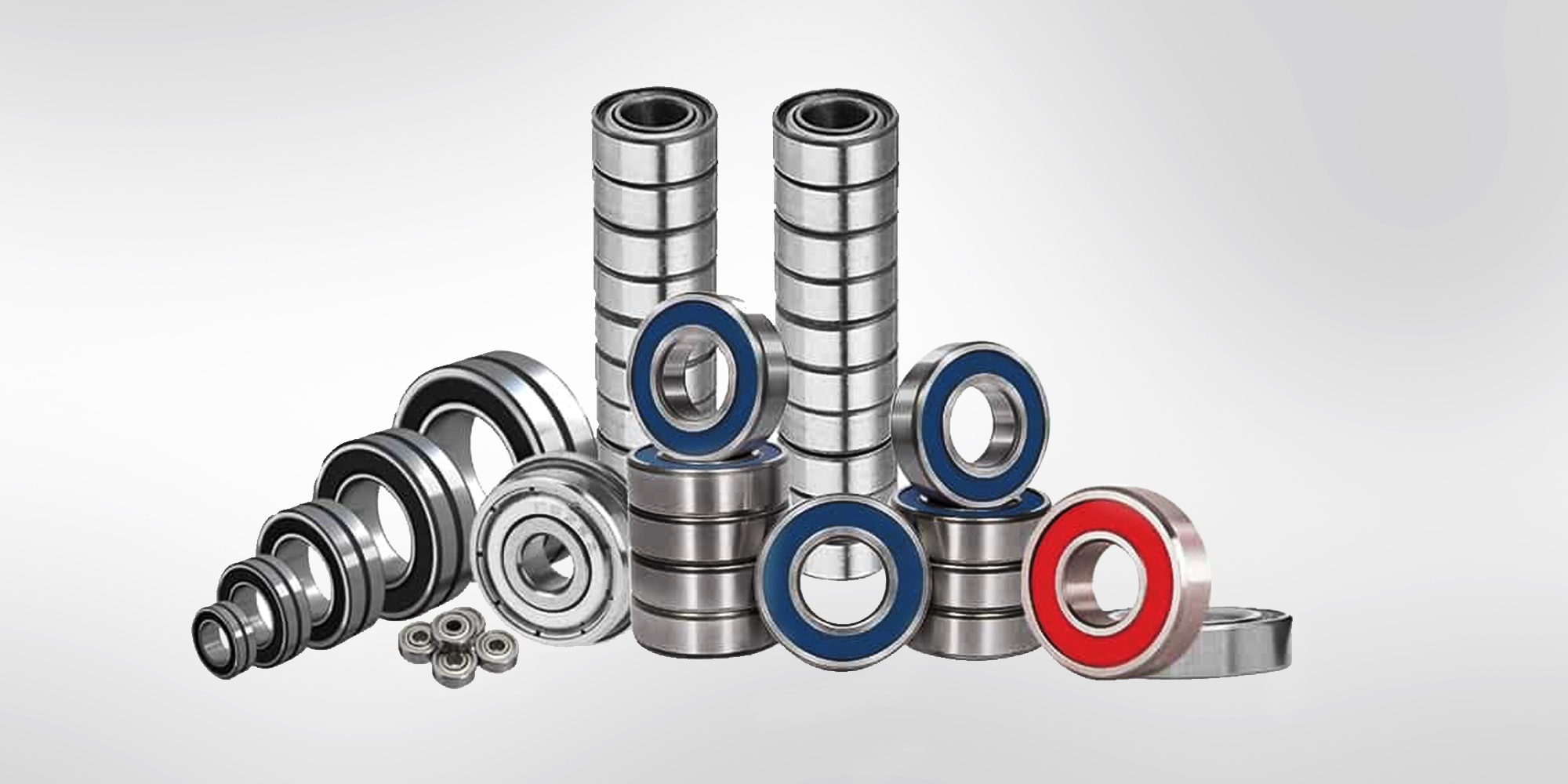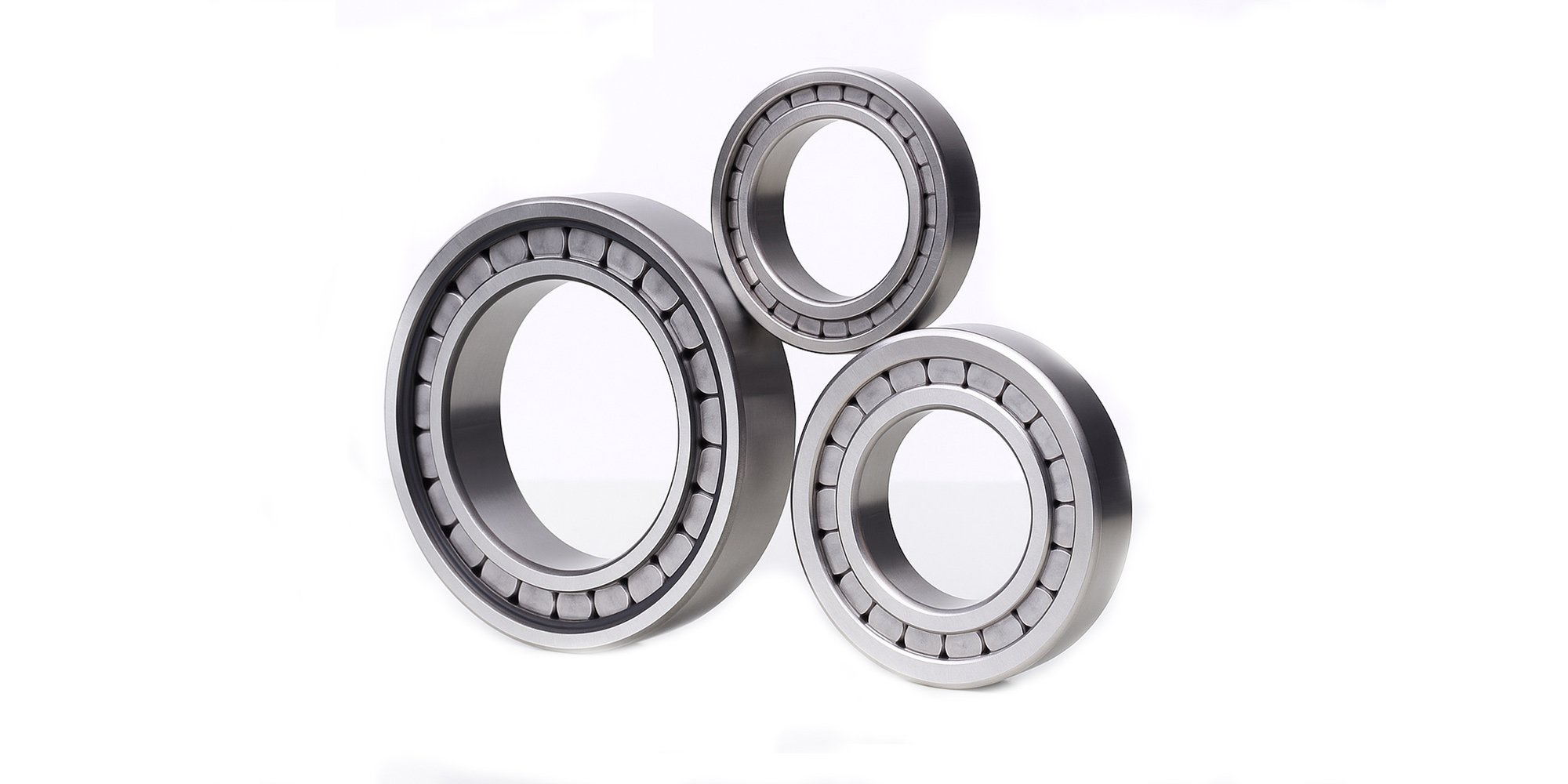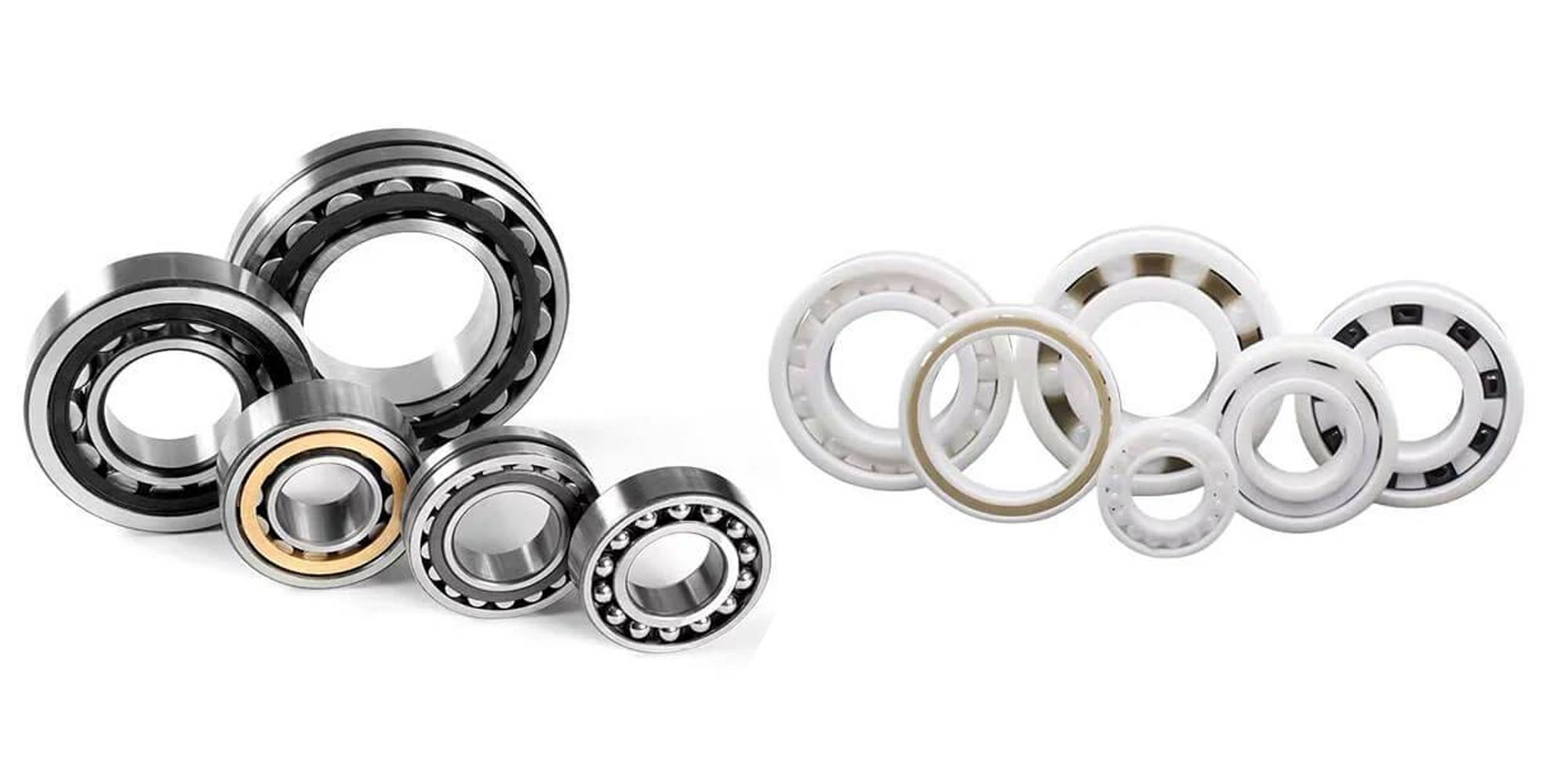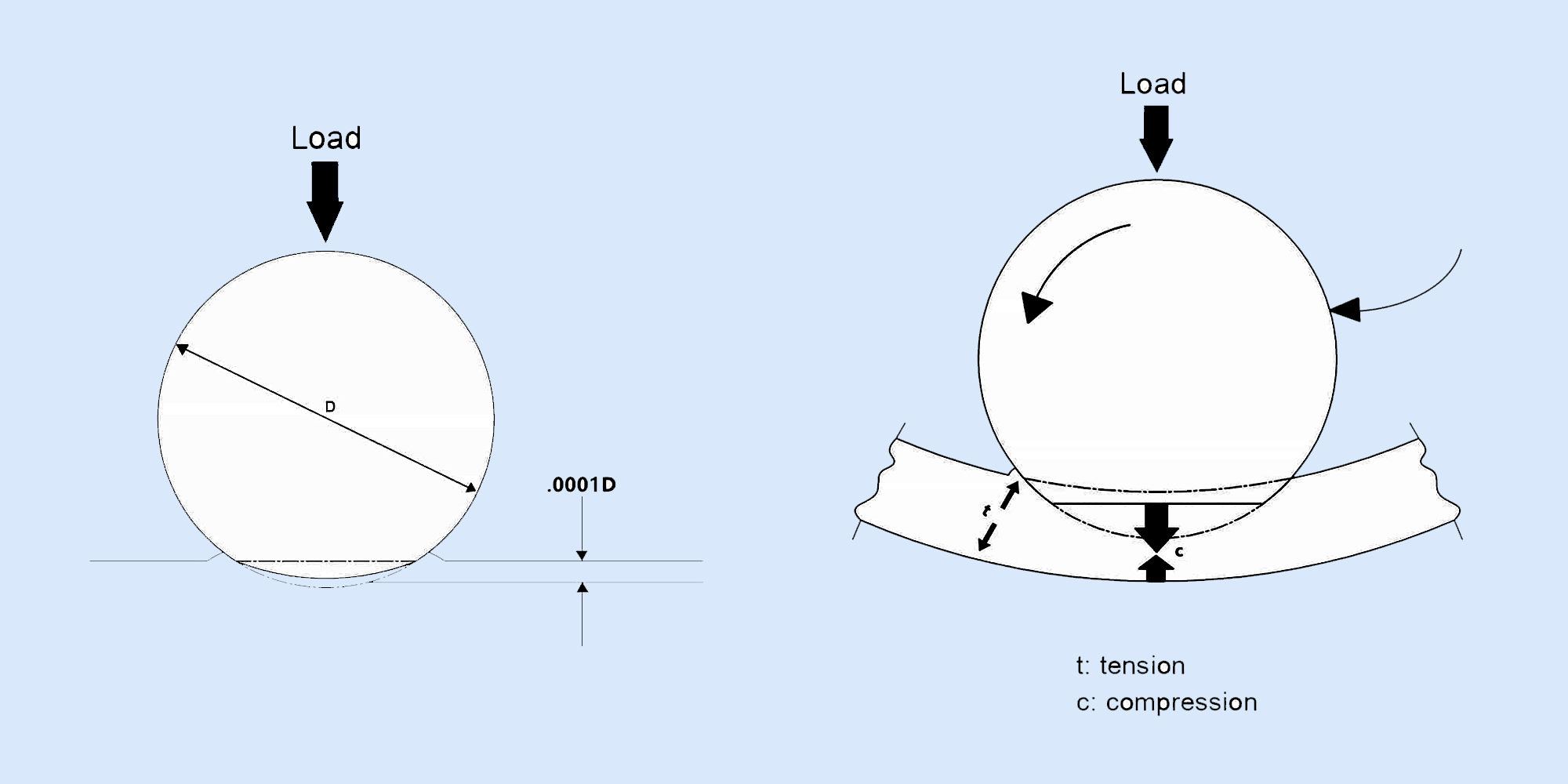The Advantages And Disadvantages Of Full Complement Bearings
Full complement bearings are often overlooked in the assembly of bearings. Unlike rubber seal, steel seal, open type, and UG bearings that we are...

Bearings play a crucial role in numerous applications, reducing friction and enabling smooth, efficient operations.
Among the wide range of bearing types, the choice between shielded and sealed bearings often arises, each offering unique attributes and benefits.
This article delves into the nuances of shielded vs sealed bearings, shedding light on their distinct features, advantages, and appropriate use cases.
Understanding these key differences can guide you to the optimal bearing choice for your specific application, whether it be custom bearings or prefabricated bearings.

Shielded bearings incorporate a metal shield on one or both sides of the bearing to provide a physical barrier against larger foreign particles.
The shield doesn't make direct contact with the inner race, creating a small gap.
Therefore, the starting torque of the bearing is relatively small.
Shielded bearings include Shielded Bearings with the stamped metal cover and Shielded Bearings with Snap Ring (also known as also known as ZZNR bearings).
Most bearings shielded Bearings belong to the former.

The latter allows for easy assembly and secure positioning within their housing due to the snap ring.
This feature also prevents the bearing from moving axially, thereby enhancing its performance and lifespan.
Particularly in the case of miniature bearings or thin section bearings, the snap ring provides a space-saving means of securing the bearing.

Advantages of Shielded Bearings

For this reason, shielded bearings are typically suitable for applications where the operating environment is relatively clean, and the primary concern is to keep the lubricant within the bearing while preventing larger particles from entering.
Contrastingly, sealed bearings employ a non-metallic seal on either or both sides.
These seals, typically made of rubber or synthetic materials, create a tight barrier that restricts the ingress of contaminants significantly more than their shielded counterparts.
Sealed bearings can ensure a longer, more efficient, and trouble-free performance of mechanical systems and devices.
They are widely used in precision industries like the food and beverage sector, or the medical industry, which prioritize cleanliness over the slight loss in efficiency.
LLB, LLU, LLH, LLE, and LLU-X are types of seals used in sealed bearings.
These types of seal will impact the performance of bearings, including the level of protection, friction, and speed capabilities.
Assessing key contrasts between shielded vs sealed bearings aids in effective application-based selection.
Here's a succinct summary:
Overall, the choice depends on the balance between speed, lifespan, maintenance, and contamination levels.
For bearing choice, consider contamination level and maintenance ease. Shielded bearings are best in clean, maintainable environments, while sealed bearings thrive in dirtier, hard-to-service areas. Industry standards may also guide the selection.
Understanding the intricacies of shielded vs sealed bearings helps make informed decisions that cater to your specific needs.
At LILY Bearing, we provide both options, allowing you to choose the one that best aligns with your application's requirements.
We invite you to explore our comprehensive range, designed to cater to your bearing needs with utmost precision and quality.

Full complement bearings are often overlooked in the assembly of bearings. Unlike rubber seal, steel seal, open type, and UG bearings that we are...

Ceramic high temperature bearings can handle more heat, resist corrosion, and reduce friction. But, they are more fragile and cost more. Steel high...

Bearings play a vital role in machinery by ensuring smooth motion and reducing friction. Understanding load capacities, specifically static load vs...